Watch enthusiasts, look out for secret signatures on your timepieces to prove they're not fake
Watchmaking’s oldest form of authentication is still as useful as it is whimsical, and if you look really, really hard, you might be able to spot a fake quicker than you think.
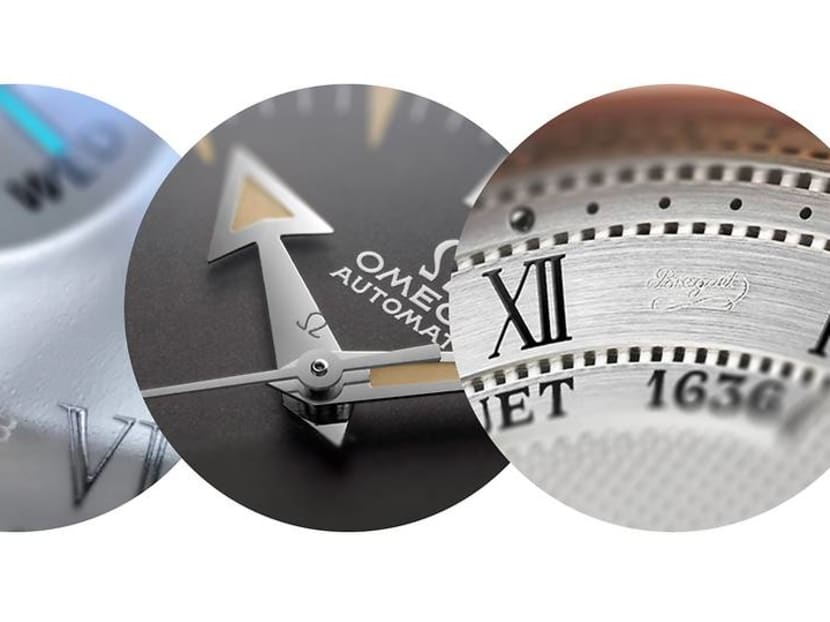
In the late 18th and early 19th centuries, Abraham-Louis Breguet was among the earliest and most famous watchmakers to integrate a “secret signature” into his watches, and that tradition continues today. (Photo: Breguet)
Counterfeits are not a modern invention. While improved technology has given crooks better tools with which to fool or entice customers, forgeries have existed for as long as there have been beautiful things that were priced out of reach of the hoi polloi.
So artists and craftsmen have had to devise little tricks to add another layer of authenticity to their painstakingly-made creations – and there are watchmakers today that have carried these hidden hallmarks into the 21st century.
Abraham-Louis Breguet is among the earliest and most famous examples of a watchmaker integrating a “secret signature” into his watches. Following the French Revolution, Breguet was battling not only a battered economy but also the rise of fakes.
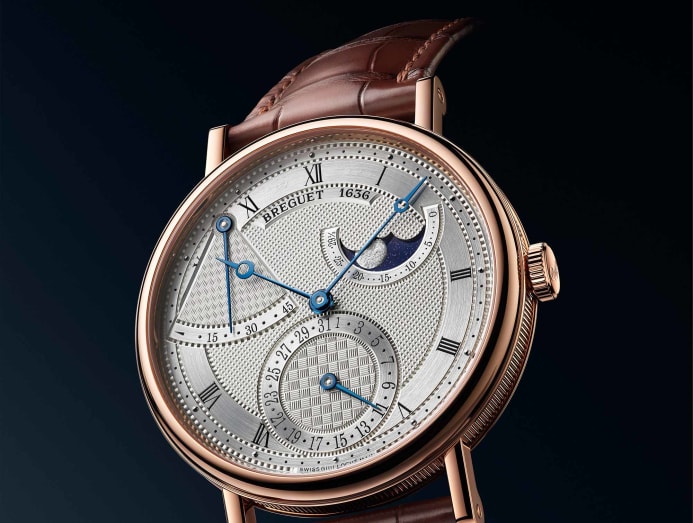
According to historic records, he stated: “To ensure the public is not deceived by works in which I have no part, I will put a distinctive mark on the dial, executed by a machine whose effects are extremely difficult to imitate.”
That machine was a drypoint pantograph (one of which still exists in the Breguet Museum in Paris) and the mark in question was a barely noticeable signature on the watch face.
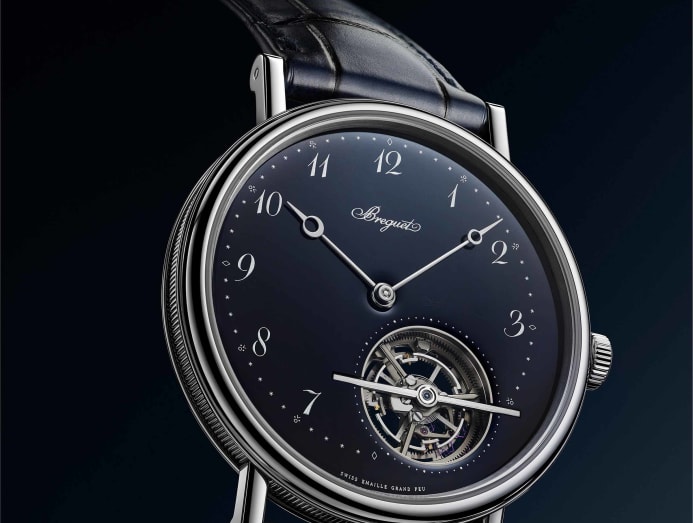
This counterfeit countermeasure is still being etched onto modern Breguet watches, though lasers are now used instead. Engine-turned guilloche dials usually have this signature on either side of the 6 or 12 o’clock numeral, or placed somewhere on the lower half of enamel dials. To see them you’d need to examine the dial in oblique light and possibly also with the help of a loupe.
Even harder to spot are Blancpain’s secret signatures, found primarily on its grand feu enamel dials. The JB logo, which are initials of the brand’s founder Jehan-Jacques Blancpain, can be found engraved between the numbers 4 and 5, as well as 7 and 8. Again, a keen eye and the right angle of light will reveal this subtle imprint.
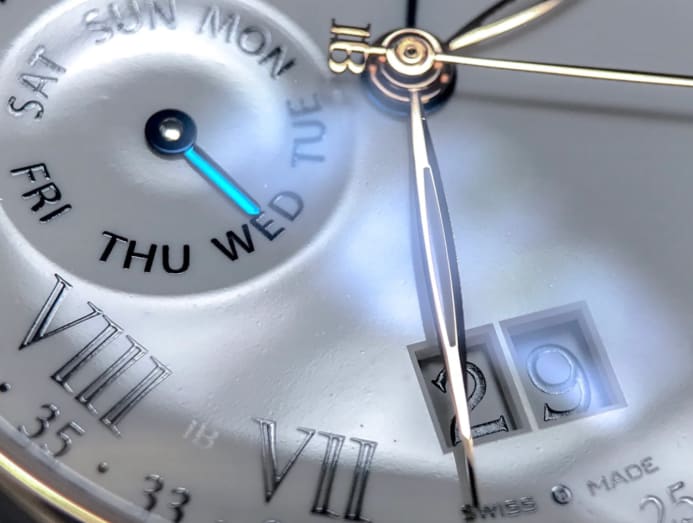
READ> Art and watch collectors: Here’s how blockchain can stamp out fakes
Dials aren’t the only places brands have hidden their marks.
Rolex, easily the world’s most copied watch, has used several in its history, including carefully positioned engravings on the rehaut (flange) of the watch. But there’s a much fainter logo hidden inside the watch crystal. A dotted outline of the crown logo can be spotted (with great difficulty) at the 6 o’clock position in most Rolex models made from the early 2000s and later. The logo is lasered in at different heights so as not to compromise the strength of the crystal.
Omega once used a similar strategy for its older watches from the 1960s and 1970s, where its Hesalite (acrylic) crystals have a tiny Omega symbol right in the centre – which could be a useful thing to take note of when buying vintage Omega watches.
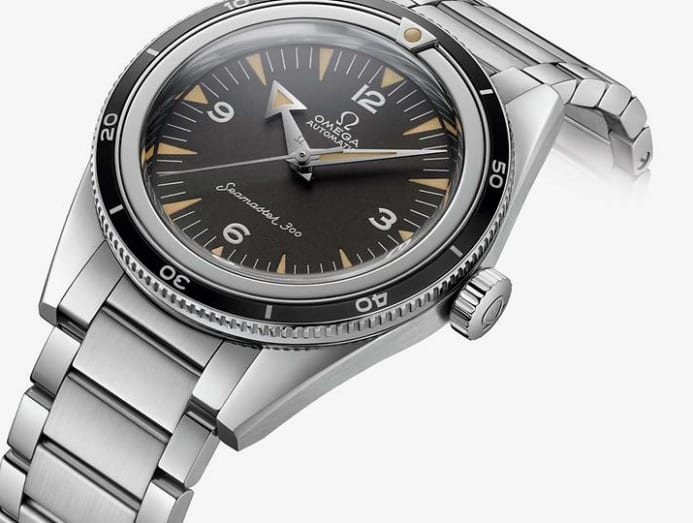
Cartier is also known for using signatures, though not one so secretive that it requires anything more than a bit of squinting to see it. You can find it within the Roman numerals at either 7 or 10 o’ clock, and are present in most, but not all, models.
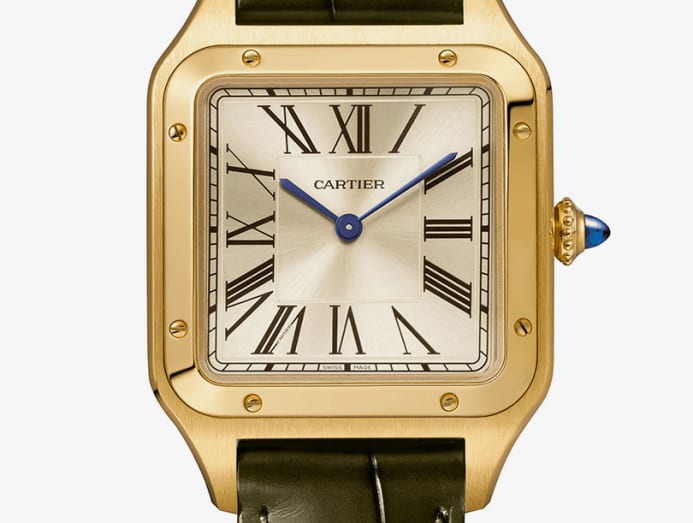
And yet the Cartier signature, when it’s not playing hide-and-seek and is instead proudly emblazoned on watches made by other brands, is something that is highly sought after.
We’re referring to double-signed dials, a relic of decades past when retailers would have their name under the watchmaker’s. This explains the existence of Rolex Cosmographs bearing Tiffany & Co’s name on the dial or Patek Philippe watches signed by Beyer.
Rarer still are Rolexes stamped with Cartier’s name, back when Cartier very briefly carried Rolex watches in its Fifth Avenue, New York boutique during the 1970s. One such Rolex GMT-Master circa 1978 sold for CHF68,750 (S$94,000) at a Christie’s auction in July.
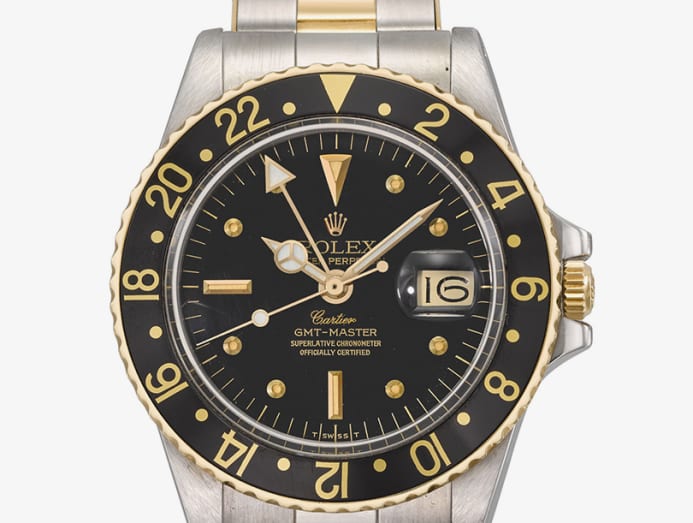
There are no doubt more advanced ways of checking the authenticity of a luxury watch these days, but in the absence of the necessary high-tech machines or a trip to the brand’s service centre, these covert autographs can give collectors a little peace of mind and a fun bit of trivia to share with friends.





